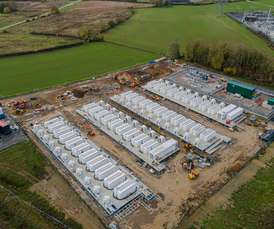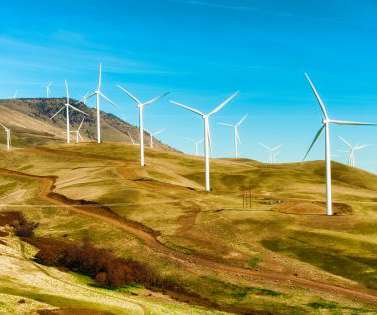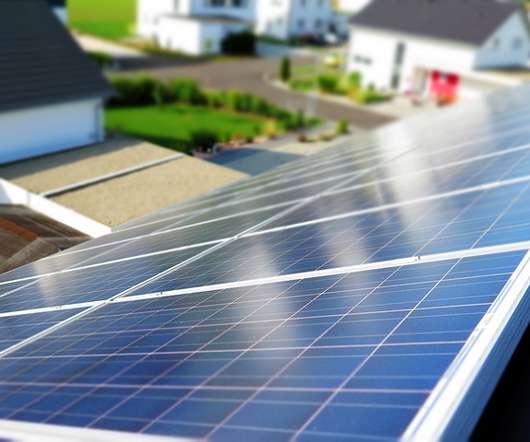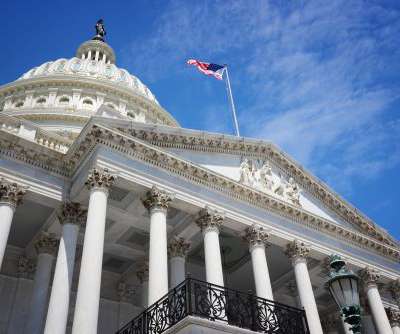Rising battery storage costs: A long-term trend or short term blip?
Business Green
JANUARY 6, 2023
The price of battery energy storage systems rose for the first time since records began in 2022, as raw material and component costs soared, and developers and system integrators increased their margins in the face of challenging economic headwinds and soaring energy costs worldwide. link] pic.twitter.com/C55UHprYIv.
















Let's personalize your content